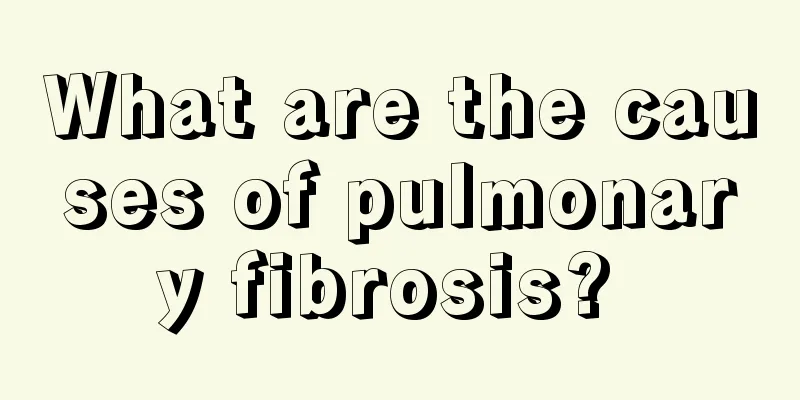What are the symptoms and emergency measures of ligament sprain

|
It is inevitable that there will be bumps and bruises in daily life, which can easily lead to ligament sprains, especially for children who like to play or use too much force. When a ligament is sprained, it will first cause severe pain, dislocation, skin and flesh damage, limited joint movement, and even ligament contusion. Emergency measures must be taken in a timely manner. 1. Symptoms 1. Ligament rupture It is usually because during activities, movements beyond the range of joint movement are made, resulting in passive traction of the relevant ligaments and causing tearing or complete rupture. Ligament ruptures are often accompanied by sprains and fractures. 2. Ligament sprain Ligament sprain refers to damage to the soft tissues of the limb joints or body (such as muscles, tendons, ligaments, blood vessels, etc.) without fractures, dislocations, skin and flesh damage, etc. The main clinical manifestations are pain and swelling at the injured site and limited joint movement, which often occur in the waist, ankle, knee, shoulder, wrist, elbow and hip. 3. Ligament contusion Generally, it is because the movements during activities are beyond the range of joint movement. The degree of ligament injury is not serious, and redness and swelling will appear. II. Emergency Measures The treatment for a ligament strain is to do the following immediately after the strain: 1. Rest, stop exercising immediately, and do not put weight on the injured joints. 2. Apply cold compress. Ice or other cold compresses can help reduce pain and swelling because lowered temperature reduces blood circulation. Apply cold compress for 15 to 20 minutes at a time, three to four times a day. 3. Oppression. Applying pressure to the injured area with a bandage or other methods can reduce bleeding and bruising. The bandage should be just tight enough that you can feel the pressure but not enough to cause numbness or ischemia in your extremities. 4. Elevate the affected limb. The main purpose of elevating the affected limb is to reduce swelling and improve blood return. |
<<: What are the symptoms of Sjögren's syndrome
>>: What are the methods of dietary treatment for bulbar ulcer symptoms
Recommend
Although massage techniques are effective, these groups of people should use them with caution!
Tui Na is a very popular massage method nowadays....
Tips for repairing thin stratum corneum
People with too thin stratum corneum tend to have...
Reasons for high red blood cells in urine routine examination
In fact, many people nowadays do not know how to ...
Symptoms of tendinitis fingers_Symptoms of tendinitis
Patients with tendonitis often feel pain, and the...
Introduction to common early symptoms of skin cancer
Among the early symptoms of skin cancer, the more...
What methods can be used to prevent hair loss?
Hair loss is a relatively common phenomenon. Many...
What to do without eyelashes
Everyone wants to have a pair of big, bright eyes...
What medicine is good for viral influenza
Flu is also commonly known as influenza. Viral fl...
Acupuncture points around the eyes
The acupoints around the eyes generally include Q...
Excessive facial hair
The secretion of sex hormones in everyone's b...
Can dandelion treat gynecological inflammation?
Dandelion is a common plant in daily life. The me...
Night blindness symptoms
In recent years, the incidence and number of case...
What causes gingivitis? Five fundamental reasons to tell you
Nowadays, gingivitis is very common, and the ques...
Is there any relationship between pancreatitis, diabetes and pancreatic cancer?
Epidemiological research results suggest that chr...
Can I apply anesthetic to a small tattoo?
When getting a tattoo, people usually don’t apply...









